Surging AI Demand Drives DRAM and NAND Prices Higher, Marking Onset of First Semiconductor Supercycle in Seven Years
Input
Modified
Stagnant DRAM supply and AI-driven datacenter boom cited as key factors Expectations of structural growth momentum beyond cyclical rebound Rising output and overinvestment by Chinese chipmakers remain variables
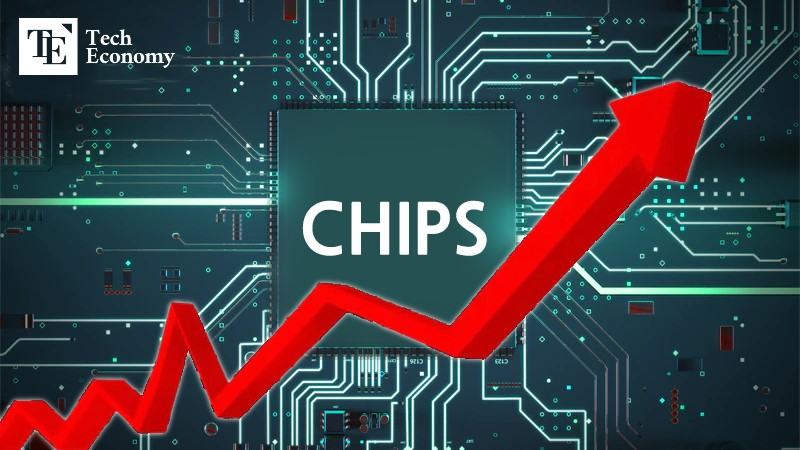
The prices of DRAM and NAND flash memory have been climbing steeply, fueling assessments that the first “semiconductor supercycle” in seven years is now underway. Explosive demand for high-bandwidth memory (HBM), propelled by the artificial intelligence (AI) boom, has kept DRAM supply constrained, while major buyers in AI, datacenters, and automotive electronics are ramping up purchases. Analysts argue that the uptrend may not simply represent a cyclical rebound, but rather a structural shift with long-term growth implications. However, the expansion of Chinese semiconductor firms’ capacity and the risk of overinvestment are seen as looming headwinds.
NAND Flash Prices Extend Nine-Month Rally
According to DRAMeXchange on October 1, the September average contract price of mainstream PC DRAM (DDR4 8Gb 1Gx8) rose 10.53% month-on-month to $6.3. This marks the first time in six years and eight months that the product has surpassed $6. The contract price, negotiated directly between suppliers and buyers for bulk purchases, is considered a key barometer of market conditions. Notably, PC DRAM has risen for six consecutive months since a 22.22% jump in April, with August recording a record surge of 46.15%.
Mainstream NAND flash used in memory cards and USB drives (128Gb 16Gx8 MLC) also saw September contract prices climb 10.58% month-on-month. NAND has now logged nine consecutive months of price gains, with third-quarter contract prices expected to rise about 10%. NAND wafer prices are projected to increase by up to 13%. Aggressive procurement by AI, telecom, and automotive sectors has driven the momentum, and high-performance, high-capacity NAND products are reportedly sold out, triggering scarcity concerns.
Alongside rising DRAM prices, inventory turnover has plummeted. Market tracker TrendForce reported that average inventory held by global DRAM suppliers fell to 3.3 weeks at the end of Q3, the lowest on record and comparable to the 3–4 weeks seen during the 2018 supercycle. SK Hynix and Micron reported around two weeks of inventory, while Samsung Electronics stood at six weeks. By contrast, buyers’ inventories averaged 10 weeks, suggesting demand remains robust despite the supply-demand imbalance.
Beyond Cyclical Recovery: Signals of a Structural Trend
The surge is being driven above all by AI. Morgan Stanley, in a recent report, forecast a “new memory boom next year” on the back of strong AI growth that will create supply-demand imbalances. The bank argued that a new technology cycle, led by AI, began after the semiconductor market bottomed in April, with the peak shifting toward 2027. AI, it noted, is reshaping the cyclical dynamics of the memory industry.
On the supply side, expansion remains constrained. The AI frenzy has inflated the value of Nvidia’s AI accelerators, which rely heavily on HBM. Memory manufacturers, including Samsung Electronics, have converted DRAM production lines for HBM output, effectively cutting DRAM supply. TrendForce expects mainstream DRAM production capacity among key vendors to stagnate.
Meanwhile, datacenters built during 2017–2018 are reaching replacement cycles, boosting general DRAM demand. Enterprise SSD demand is also spiking alongside DRAM requirements for servers. Industry observers contend that this cycle is underpinned not only by server upgrades, but also DDR5 migration and new memory needs, signaling a fundamental transformation rather than a short-lived rebound. Experts believe this cycle could evolve into a prolonged trend rather than dissipate quickly as in the past.
Still, caution persists. Unlike the 2010s, when China lacked serious memory production capacity, today CXMT and YMTC are expanding supply to domestic buyers and gaining traction. Analysts note that during past supercycles, Samsung and SK Hynix commanded premium pricing in China, but local players may now pose the greatest obstacle to replicating such dynamics.
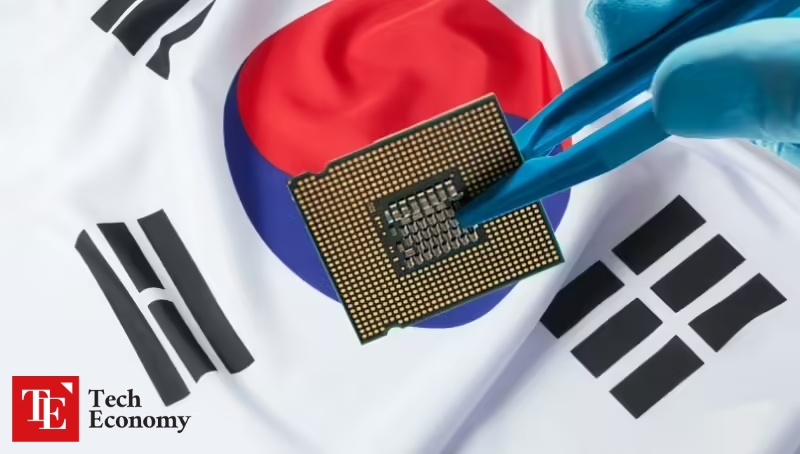
1990s Supercycle Ultimately Ended in Downturn
Some warn that today’s DRAM rebound evokes memories of the first supercycle in 1995, which ended in disappointment. Then, Samsung Electronics and Hyundai Electronics (now SK Hynix) dominated the global memory market, delivering record profits as semiconductors accounted for 13.4% of Korea’s exports. The period was hailed as the “greatest boom in Korean history,” with domestic chipmakers investing billions annually in new facilities amid unbridled optimism.
But such exuberance soon backfired. DRAM prices, after peaking in late 1995, collapsed—plunging 51% in 1996 and 65% in 1997. Korea’s “Big Three” chipmakers—Samsung, LG, and Hyundai—suffered from overexpansion. The downturn reverberated through Korea’s export-dependent manufacturing base, eroding competitiveness and suppressing employment. The shock spilled into financial and foreign-exchange markets, contributing to the Asian financial crisis that pushed Korea into deep recession.
Ultimately, the 1990s supercycle dealt Korea a harsh reckoning. During the 1997 IMF crisis, the government forced a merger of loss-making Hyundai Electronics and LG Semicon, which was completed in 1998 and later reconstituted as Hynix Semiconductor. Even Samsung Electronics was not spared. At the time, BusinessWeek reported, “Samsung Electronics took on $4.5 billion in debt guarantees to support its affiliates, many of which—from computers to department stores, mobile phones to automobiles—were failing to break even.”

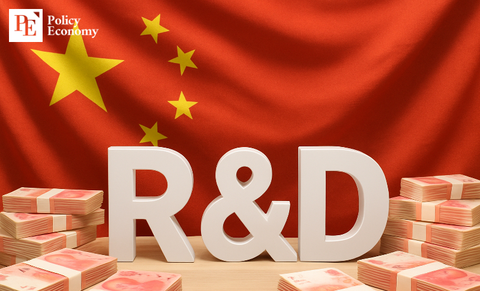
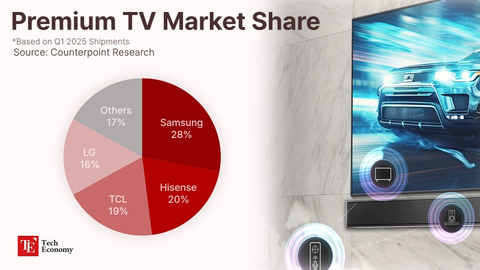
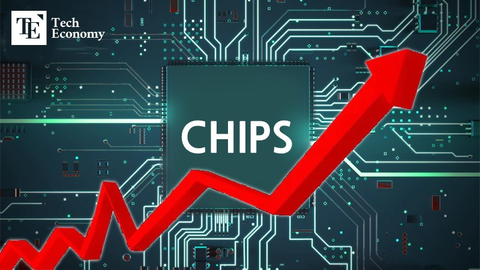
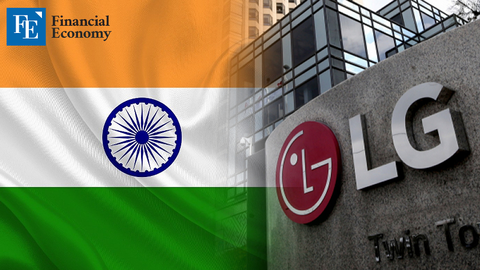
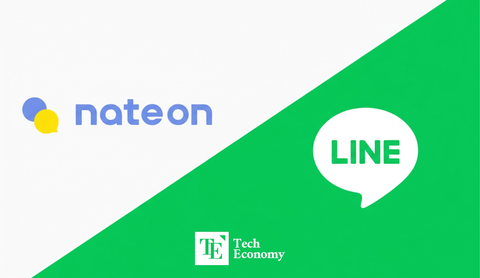


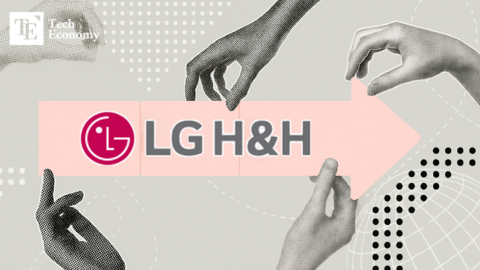













Comment